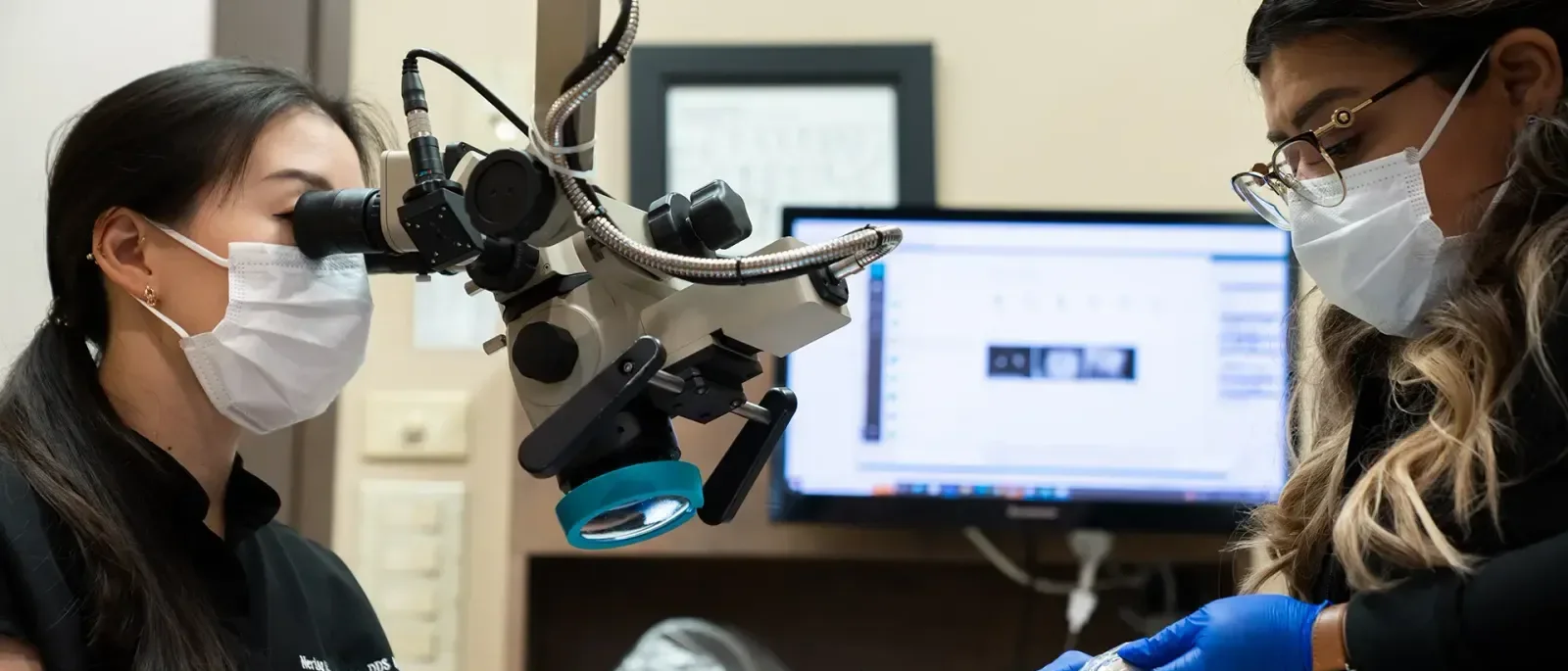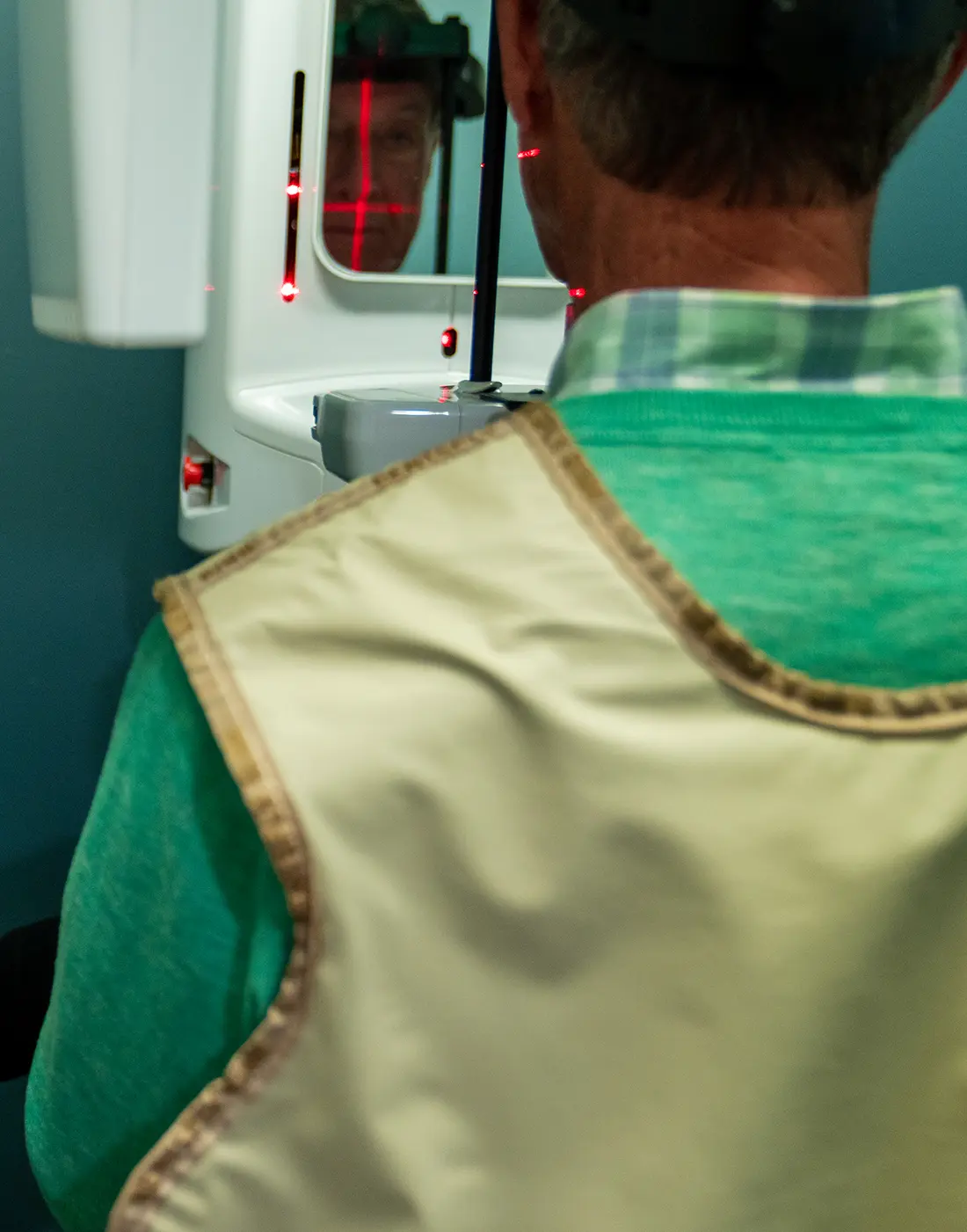Frequently Asked Questions
Root canal therapy is required if your tooth becomes infected, which most often happens one of two ways:
- A serious cavity can eat away at the outer layers of your enamel and dentin until it reaches the pulp. Once the pulp, which is responsible for keeping your tooth alive, is exposed, it becomes vulnerable to bacteria and becomes infected.
- Dental trauma that cracks or chips a tooth can expose the nerve and blood vessel-filled pulp to oral bacteria.
If left untreated, either situation will lead to the infection, decay, and eventual death of your tooth’s pulp. When the infection starts to take hold, you’ll likely begin experiencing an array of symptoms like a toothache, inflamed gums near the tooth, and tooth sensitivity.
No! Although it’s a common myth that root canal therapy hurts, it’s actually the toothache caused by infection that is painful. With modern dental techniques and technology, a root canal is no more uncomfortable than getting a dental filling.
Not only will your mouth be numbed completely, but you can also opt to be sedated during the procedure. Overall, root canal therapy is the best way to alleviate the pain and discomfort of an infected tooth.
Although it’s rare, root canal treatment can fail. If there is any remaining bacteria or decay left behind that wasn’t removed during the initial root canal, the tooth infection may return. If this happens to you, you may need a retreatment or another approach to root canal therapy, called an Apico surgery, to help rid the tooth of infection.
After root canal treatment, the tooth is no longer "vital" and will become more brittle as a result. The best way to protect the the tooth, especially posterior teeth which take heavier forces, is to have your dentist place a crown on the tooth after your root canal treatment is completed.
Root canal therapy is usually covered, at least in part, by most dental insurance plans. However, it’s always a good idea to get in touch with your insurance provider to gain a thorough understanding of your benefits, and to find out what type of treatments are covered.






